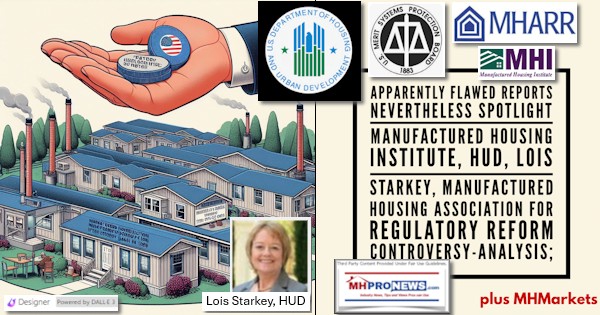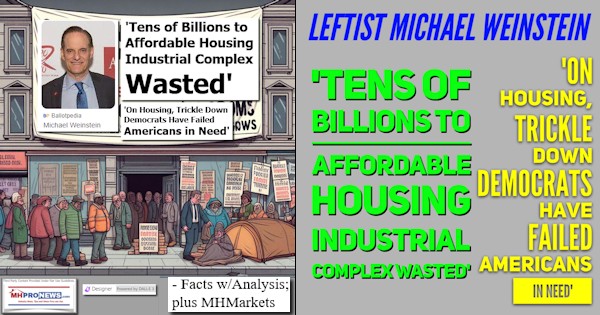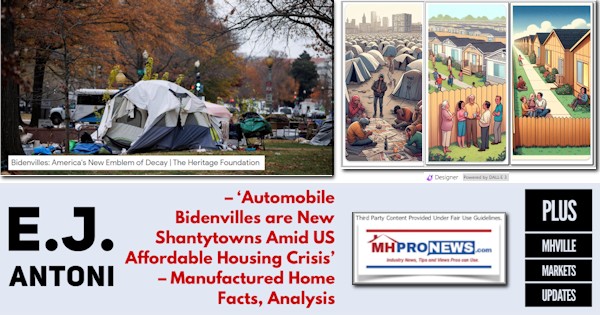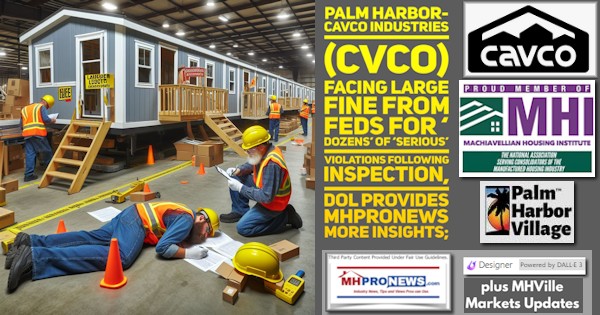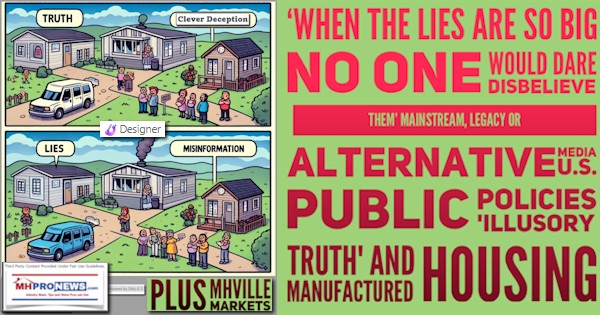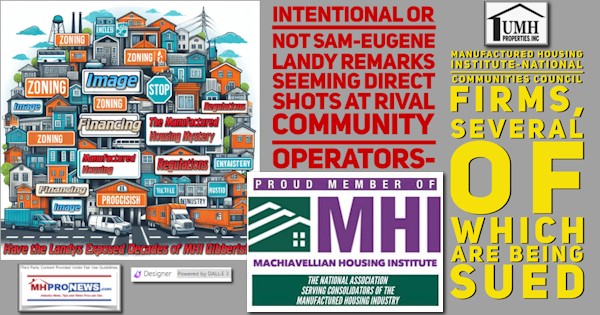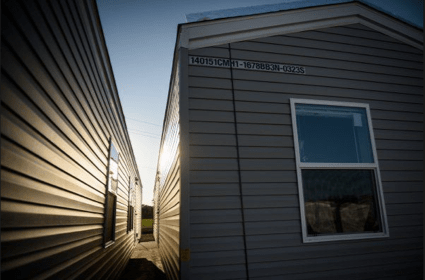
In Lumber Ridge, North Carolina, it’s been four months since Hurricane Matthew wreaked havoc on the area.
Over 350 families were displaced due to the storm, and, with homes too damaged to live in, they remain in hotels and motels, waiting.
The reason? According to the Federal Emergency Management Agency (FEMA), it’s permitting and process.
“The clock just ticks down for the families,” said Adrienne Kennedy, who serves as vice chairwoman of the Robeson County-Lumberton Recovery Group. Kennedy says that the organization would like to see a loosening of local, state and federal regulations and ordinances to get the displaced into temporary housing.
According to the Fayetteville Observer, since late last year, the federal government has been storing Federal Emergency Management Agency manufactured housing units in a staging area outside the former Signature Aluminum plant.
“I’m surprised because, historically, we have seen disasters come and go,” said Kennedy.
“You know we can’t get it right every time. But by now, we should have enough technology and information that says automatically, the local government and FEMA should weigh the permit issues – flood-zoning issues.”
“Waive that,” said Kennedy, “and let’s get these trailers [sic] in.”

According to FEMA spokesman Mike Wade, the Lumber Ridge site is one of two in the state that the federal government uses as a staging area for the manufactured housing units. The sites were set up in the aftermath of the storm.
The housing units at the Signature Aluminum plant staging area go to Robeson County, which is one of the hardest-hit areas, and 10 other counties are also eligible to have the homes for temporary housing. But Wade says there’s even more to the story.
“Not all those people may be eligible for assistance,“ said Wade.
“They may not have had enough damage to be eligible. People need to realize that not everyone is qualified for a mobile home [sic].”
“Typically, the mobile homes [sic] are FEMA’s last resort.”
Wade says that the first goal is to try and help those who are displaced to find a rental property in the community or provide rental assistance while repairs are being made to their home.
“We want people to get back into their primary residence as quickly as they can,” said Wade.
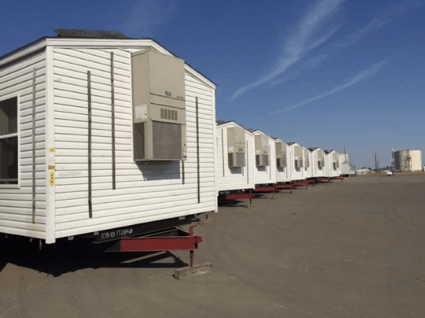
But FEMA eligibility is, in some instances, a challenge.
Displaced residents must own property where the unit could be placed or have a spot in a manufactured home community. According to Stephanie Chavis, Robeson County’s director of Emergency Services, that is an issue.
“It appears many of the displaced were living in public housing and renting property before the storm. They don’t own land – we can’t help the fact that a lot of people that were affected by this storm were in public housing or rental property,” said Chavis.
“You have to realize FEMA has their criteria these people have to meet. When I met with FEMA on Wednesday, the discussion came up that maybe in this situation that their criteria be reconsidered and adjusted to meet the needs of these folks in motels. Maybe this is a different situation, so we may need to look at the criteria again to see if it meets the needs of Robeson County.”
According to Chavis, about 18,000 people in Robeson County are receiving FEMA assistance, and the federal government has provided Robeson County with more than $24.5 million in financial assistance.
Even with those figures, Wade says there is only so much that FEMA can do.
“As for FEMA’s temporary manufacturing housing units, there are a lot of things that come into play. No matter what we do, we can never make a person whole again if their home is totally destroyed,” said Wade.
“We recommend strongly that people have flood insurance. We understand in this area, there was flooding where normally it doesn’t flood.“
For more on the effects of Hurricane Matthew, and the stereotypes around manufactured housing and storms, click here. ##
(Image credits are as shown above.)

Submitted by RC Williams to the Daily Business News for MHProNews.






